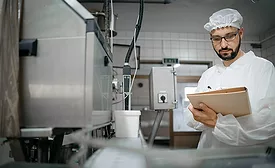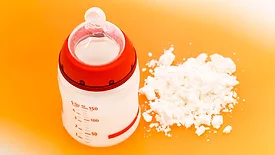Process Validation
Food Safety Objectives: The Nexus among Preventive Controls, Validation, and Food Safety Assurance
The Food Safety Objective concept is compatible with the foundational precepts of process validation
February 6, 2023
Reanalysis—A Critical Component of Verification
The Food Safety Plan/HACCP Plan is a living document that requires ongoing maintenance, including reanalysis at appropriate time intervals
October 11, 2022
Never miss the latest news and trends driving the food safety industry
eNewsletter | Website | eMagazine
JOIN TODAY!Copyright ©2025. All Rights Reserved BNP Media.
Design, CMS, Hosting & Web Development :: ePublishing












